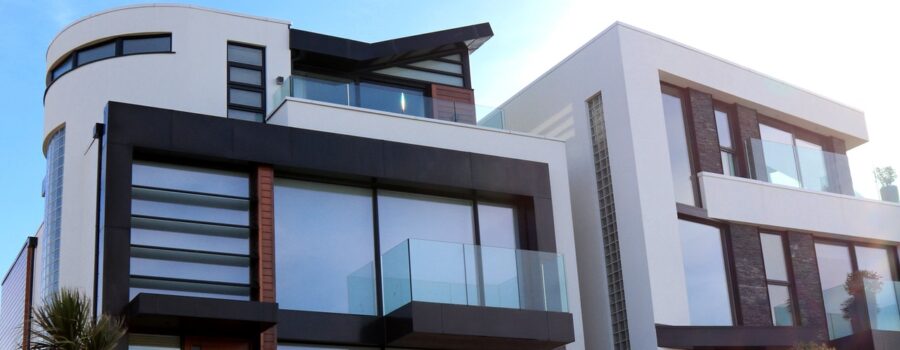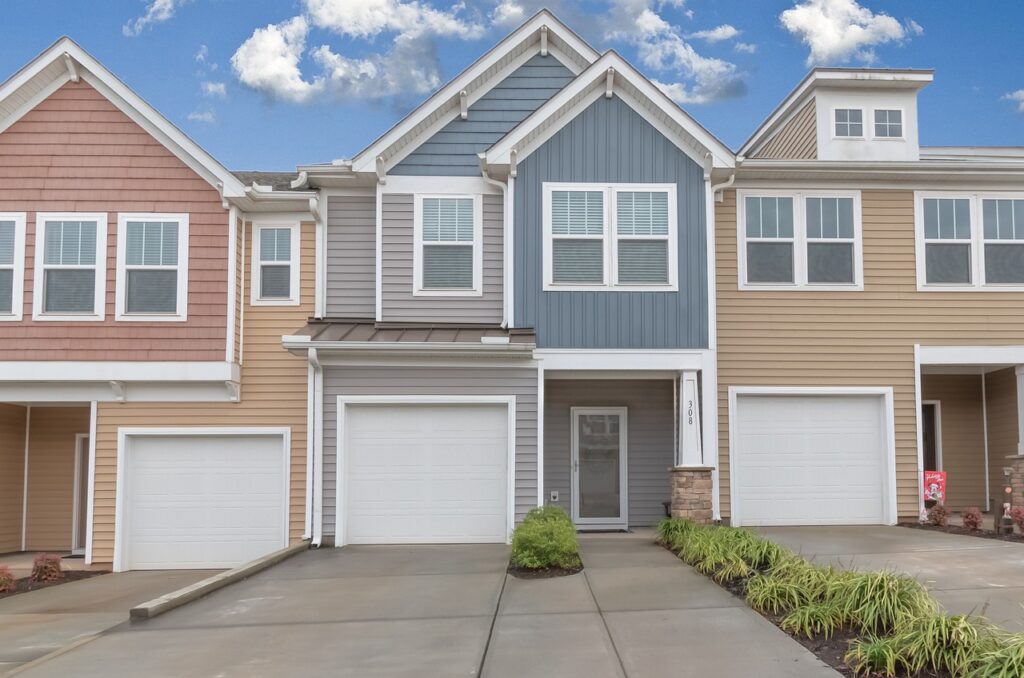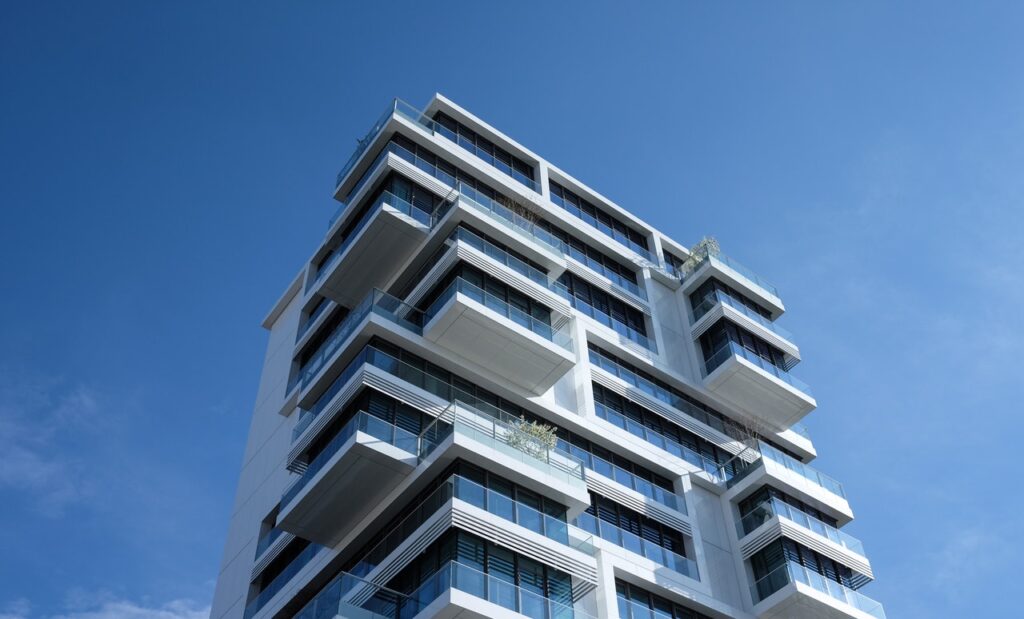
What is a Planned Unit Development?
A common type of development that can be built in residential zones is a planned unit development. A planned unit development consists of an entire community of homes that can include townhomes, condominiums, or single-family residences. While planned unit developments can be comprised of many different types of homes, they primarily contain homes that are similar to condos. When a buyer purchases a home within a planned unit development, they own the lot that the home is situated on. However, any common areas throughout the PUD can either be owned collectively with all invested parties or be owned by a homeowner’s association.
When someone purchases a home that’s situated in planned unit development, they will be required to pay a certain amount of HOA fees. The main benefit of living in a PUD when compared to a standard condo is that you should have access to more amenities as a result of the fees you pay. These amenities can include everything from outdoor playgrounds to tennis courts. Keep in mind that your HOA fees can be high and will be attached to your monthly mortgage payments, which is why it’s essential that you calculate these expenses before deciding to make an offer on a PUD.
While planned unit development owners are required to pay HOA dues, it’s important to understand that there are differences between an HOA and a PUD. If you purchase a home in a PUD, you have full ownership of the home, the surrounding lot, and some of the common areas. HOA developments usually come with more restrictions in regards to home exteriors, parking, and pet ownership. HOA regulations are designed to ensure that the surrounding community maintains a sense of uniformity with every home or condo in the area.
Before you purchase a home in planned unit development, keep in mind that there are some unique aspects of this type of community. For instance, PUD homeowners can gain access to some distinct amenities that aren’t available in most other communities. It’s possible for a planned unit development to contain a small number of commercial units that are designed to service the community’s needs. These units can include basic stores and restaurants that allow you to complete all of your shopping or eat at a nice restaurant without having to leave the PUD. This article offers a comprehensive guide to planned unit developments and what they offer to prospective homeowners.
Characteristics of a PUD

There are some basic characteristics that apply to nearly every planned unit development, the primary of which is that planned unit developments aren’t required to undergo the same zoning process that residential properties must go through. Instead, they will need to meet a very specific set of criteria that’s unique to planned unit developments. Some of the additional characteristics of a PUD that differ from other development types include:
- Institutional facilities for religious worship
- Areas designated for shopping, which can include malls
- Enrichment centers like schools, daycare centers, and office spaces
- Recreation areas like restaurants and parks
- Facilities that specialize in offering pet amenities
As mentioned previously, you’ll also have more ownership over the property you purchase when compared to a standard HOA.
Cons of Living in a PUD
Even though there are many benefits that come with living in a PUD, there are also some downsides that you should be aware of before you make this kind of purchase. The main issue of living in a PUD when compared to a standard single-family home is that you will still be required to pay monthly or annual HOA dues. Whether these dues are paid to a homeowner’s association or a similar community living arrangement, you can be fined if ever you break the rules and regulations that have been set by the HOA.
Keep in mind that these rules can be stricter in some planned unit developments than others, which is why it’s important that you inquire about them before you make an offer. These guidelines may limit the types of changes that you can make to the exterior of your property. They could also limit holiday decorations.
If you’re a developer who would like to construct a planned unit development, there are some issues that you should be aware of. For one, the process of gaining approval for a planned unit development is lengthier and more complicated than other forms of development. Since a PUD can include commercial units and isn’t restricted by basic zoning regulations, local jurisdictions can take some time to approve this type of development, which can further delay your plans for construction.
Difference Between a HOA vs. PUD

To expand further on the differences between an HOA and planned unit developments, it’s important to understand that they are very similar. As mentioned previously, it’s possible for an HOA to be a part of a PUD. However, planned unit developments typically allow buyers to own the home, the lot, and some basic common areas. Traditional HOA communities differ in that they usually have stricter guidelines on what the homeowner can do with their home and the lot surrounding the building. These HOA guidelines are put in place in order to preserve the community’s prestige.
A homeowner’s association is usually run by a board of directors. This board is comprised mainly of volunteers in the community as well as some outside experts. The main difference between a PUD and HOA involves ownership of the land. When you purchase a home in a PUD, your ownership rights are similar to what you would have if you purchased a standard single-family home. If you don’t want to live in a community that imposes a large number of restrictions on what you can do with the land and building that you own, a PUD is likely your best option.
A Brief Overview of the PUD Process

If you’re interested in buying a PUD, you should understand what this process entails. While the process of making an offer and waiting for the closing phase of the transaction to be completed is similar to that of a single-family home, the process involved with developing a PUD is much more complex and time-consuming. In order for a developer to start work on a PUD, they must first fill out and submit an application. This application serves as a letter of intent that can be given to the city administrator. Keep in mind that fees must be paid in order for the application to be approved.
An extensive and highly detailed site plan will then need to be submitted to the local city government for review. These site plans must include details about the structure, section lines, total number of establishments, height of buildings, location of establishments, and amenity types. Every detail and bit of information that goes into creating a planned unit development will need to be provided at this stage of the process.
While site plan reviews occur for single-family home developments as well, these reviews are much more complex in comparison. The main reason for this added complexity involves the amount of land that this development uses. Once the site plan has been reviewed by the city administrator, different fees must be paid. These fees primarily involve the building permits that the developer will need to obtain before construction can begin. Even though the PUD process can be more time-consuming and complicated when compared to developing a single-family home, the benefits associated with this type of development are immediately available to prospective homeowners who decide to make an offer.
How To Find Out If the Community Is a PUD or HOA
Before you make an offer on a home, you should first determine if the community is a PUD or HOA, which isn’t as difficult as it might seem. Likely the easiest way to learn this information is by asking the real estate agent you’ve hired to assist you in finding a home. They should be able to tell you immediately if the property is attached to a PUD or HOA. If they don’t have the information on hand, your agent will almost certainly be able to find out in next to no time, which will allow you to make an informed purchasing decision.
You can also speak directly with the community association to ask for copies of the community bylaws. It’s common for these documents to be provided to you while you’re in the process of buying the property. At this time, you will be tasked with signing documentation wherein you agree to the regulations set forth by the PUD or HOA. Once you have this information, you can better understand if this community is ideal for you and your family.
Keep in mind that both HOA and PUD communities usually have legal restrictions that they must adhere to. These restrictions can involve everything from fire safety and public health to natural disaster preparation. While some of these restrictions may have been in place since the community was first formed, local legislation may require that the HOA board of directors or PUD community association changes their regulations to account for any changes in the law.
Even though planned unit developments and HOA’s have a lot in common, there are also some key differences that can help you determine which of these property types is right for you. Once you’ve made your decision, you should be able to find a home that meets your needs and falls under the type of development that you prefer.

Jason Somers, President & Founder of Crest Real Estate
With over 15 years of professional experience in the Los Angeles luxury real estate market, Jason Somers has the background, judgement and track record to provide an unparalleled level of real estate services. His widespread knowledge helps clients identify and acquire income producing properties and value-ad development opportunities.
Learn more about Jason Somers or contact us.


